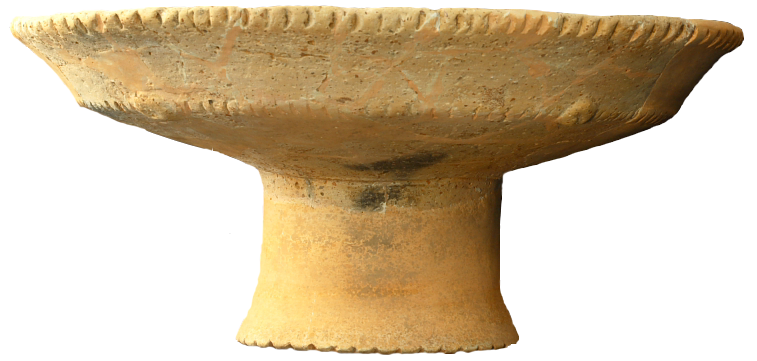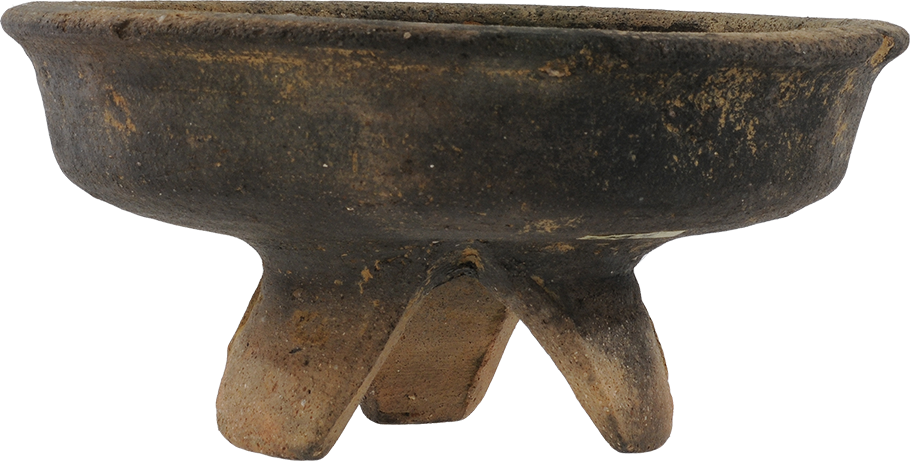Ever since pottery was discovered, bowls were used to present and consume food. And since did not eat only with their mouths – the open form of the bowl enabled them to see exactly what was inside the container and it enabled the smells to fully develop and diffuse. Eating was not only a process of satisfying the basic needs to survive – it was pleasure and amusement, a social event of crucial importance for the creation of social relations between members of the community. Moreover, it all developed around the serving bowl.
In the history of European dining culture, were three creative changes that influenced the aesthetic tableware, three major conceptual innovations in the development of serving dishes that created products used in everyday life and admired millennia later – these were the production of painted Neolithic footed bowls, Greek painted pottery and Roman relief-decorated pottery. In the Neolithic bowls became decorated with intricated abstract designs, symmetrical and asymmetrical patterns often explained as the reflection of entoptic phenomena derived from the human psyche. With the Greek painters, serving dishes became carriers of information, material storytellers addressing the guests around the table who dined amused by the deeds of gods and heroes. With the Roman relief, decorated red-slip ware serving dishes became mass-produced and widely traded, not only indicators but also one of the main carriers of information in the process of Romanization of Europe. Gods smiled at people from their porridge.







































